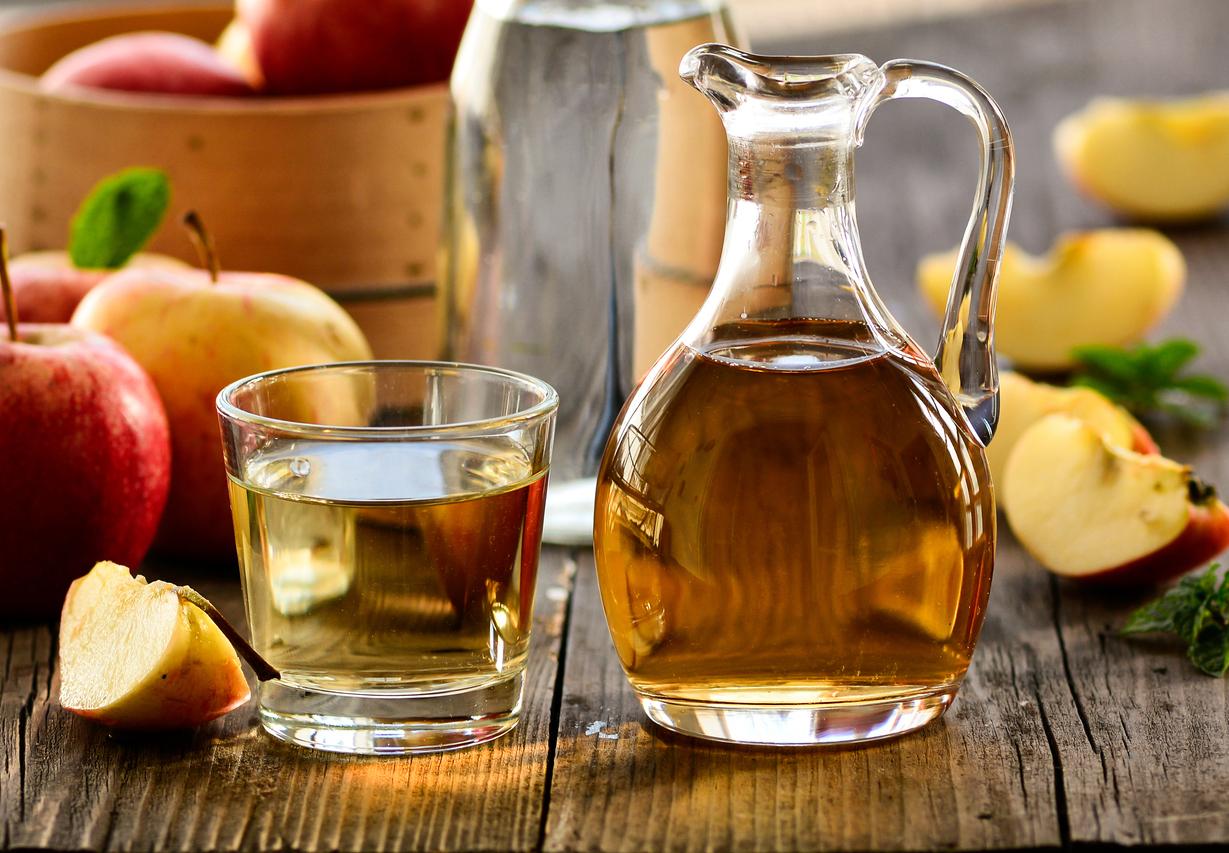
September 25, 2008 – It’s hard to “compare apples and oranges” when walking down the aisles at the grocery store. But a new nutritional index, developed in the United States, could make it possible to assess, at a glance, the overall qualities of a food. And to make more informed choices!
The principle is simple: like school reports, each food has a numbered score on the front of the label, according to an index varying from 1 to 100 (100 being the optimal score).
This is what the ONQI index proposes, for Overall Nutritional Quality Index (ONQI)1, developed by 12 nutrition experts from the United States and Canada.
The ONQI is calculated based on around thirty quality criteria, all recognized by the most recent scientific knowledge in the field of food. It also takes into account the various food guides and government nutrition guidelines.
Among the criteria used: the content of each food in fiber, vitamins and minerals, fat (trans, saturated, unsaturated, cholesterol), antioxidants (flavonoids, carotenoids, etc.) and proteins. It also takes into account energy density and the glycemic index.
Thus, for each food, the data is processed by a mathematical program which establishes, in a neutral way, the index to be displayed on the food.
According to one of the researchers who developed the ONQI index, the Dr David Katz of Griffin Hospital in the United States, no less than 50,000 products have been evaluated so far. He estimates that 5,000 American grocery stores and restaurants will have adopted this new tool by the summer of 2009.
“Discussions are also underway with Canadian supermarkets to set up pilot projects there,” said Dr.r Katz.
Several advantages
This nutritional index would have the advantage of clarifying the information relating to the content of foods. “Currently, with the multitude of logos, symbols and claims on the market, it is virtually impossible for the consumer to compare foods with each other,” says Dr. Katz.
In addition, the ONQI index would make it possible to compare foods from different categories as well as those from the same food group. “For example, you might think that Hellman’s light mayonnaise is healthier than ordinary, but overall, the ordinary is to be preferred, because it contains much less salt than the light formula”, illustrates David Katz.
Another advantage, according to Dr Katz: “The ONQI index should naturally push the food industry to innovate more so that their products obtain a higher result. »So to offer even healthier products.
|
Nutritional index of certain foods, according to the ONQI2 |
|
|
Broccoli: 100 Orange: 100 Apple: 96 Banana: 91 Lawyer: 89 Atlantic salmon: 87 Almond: 82 Tilapia: 82 Milk 1%: 81 Canned tuna: 67 White rice: 57 Carbonated mineral water: 56 Pasta: 50 |
Vanilla yogurt: 43 Orange juice: 39 Lobster: 36 Tomato juice: 32 Ground beef: 31 Enriched white bread: 29 Peanut Butter: 23 Swiss cheese: 17 Diet soft drinks: 15 Dark chocolate: 10 Hot dog: 5 Apple pie: 2 Soft drinks: 1 |
Martin LaSalle – PasseportSanté.net
1. To find out more about the ONQI index: www.griffinhealth.org [consulté le 25 septembre 2008].
2. This list is taken from the previous site, as well as from an article in the September 2008 edition of National Geographic (Vol. 214, No 3).














